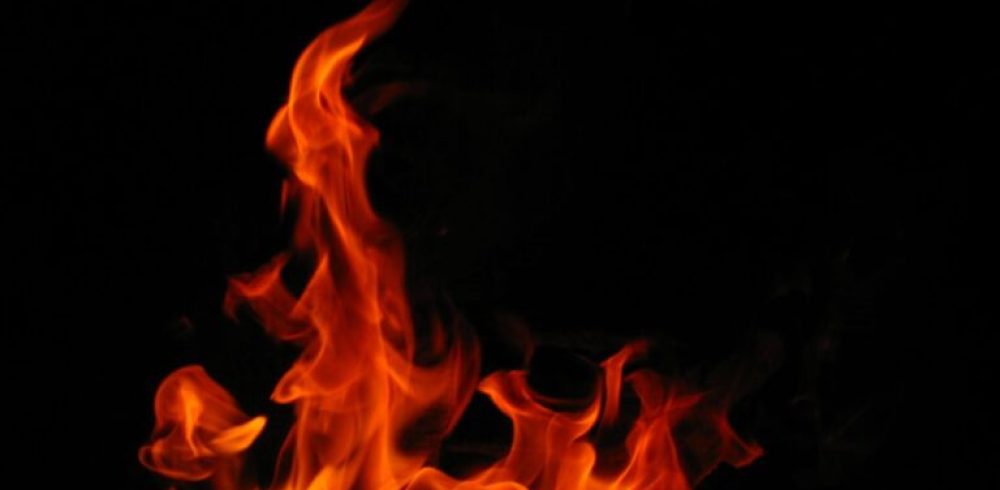In the final part of our ATEX series, Tristan Pulford discusses control ignition sources and lighting. If you need to catch up on the first two please click; here for part one, & here for part two.
ATEX requires that any designated potentially hazardous area, requires that the electrical, instrumentation and mechanical equipment (since 2013) should be appropriately ATEX rated. The best place to start is how can you tell if equipment is ATEX rated, well the answer is the markings on the nameplate, which may look something like this:
I have highlighted the key items to check on the label in red, which mean:
- Category – ATEX equipment comes in category 1, 2 and 3 where a category 1 piece of equipment can be used in Zones 0 or 20, category 2 in Zones 1 or 21 and a category 3 piece of equipment can only be used in zone 2 or 22.
- Type of protection – Such as flameproof or intrinsically safe. These are covered in the IEC 60079 group of standards for electrical equipment and EN 80079 for non – electrical equipment.
- Temperature/ Temperature Class – Which is the maximum temperature the equipment will reach. For dusts this is a temperature in degrees Celsius whereas for gases this is a Temperature Class which are as per the table below:
There are other elements to check, such as the equipment class (for mining, combustible flyings etc) however there are plenty of other articles and reference materials that go into that detail.
The key thing to identify and understand is to ensure that the equipment is correct for the substance (i.e., Gas or Dust), and that the surface temperature is correct. The surface temperature must be appropriate for the substance, for a gas/ vapour this is easy as the temperature class must be lower than the auto ignition temperature.
For dusts the maximum equipment temperature must be less than Layer Ignition Temperature minus 75 ºC and 2/3rds of the Minimum Ignition Temperature.
Lighting
So now that we know what the zones are, and what equipment is in it, lets discuss lighting. One of the most commonly missed items with regards to ATEX is lighting. While the process which creates the potentially explosive atmosphere and the equipment installed are considered, the lighting that goes within the area is frequently missed.
Whether this is outside in a gas terminal, or inside next to a hopper for dusts the flood lights, light fittings, torches, and headlamps all need to be appropriately rated for the zone that are located in or are taken into.
While lighting is available for zones 1/21 and 2/22, at the moment there is only “portable” lighting available for zone 0/20 which has led to some ingenious solutions with flood banks of portable lights. As you can imagine the main struggle with lighting is the temperature that they achieve and, before LEDs became mainstream, it was very difficult to achieve an ATEX rating at all apart from in dust zones where ingress protection (IP) could be applied.
For lighting there are normally two options, which is to purchase the appropriate ATEX rated equipment, or to move the equipment outside of the zone. Frequently moving the lighting outside of the zone is more cost effective, as long as the lighting levels can still be maintained.
One of the more common issues can be maintenance or inspection staff members with torches (and other electrical equipment such as tablets and phones) bringing a non-ATEX rated piece of equipment into a potentially hazardous area. For this reason, it should be made obvious, that only ATEX rated equipment is allowed within the area, and the staff must have the appropriate training to be able to identify that.
Summary
So, once you have identified the potentially hazardous areas (Zones) make sure that you not only consider the process that is creating the potentially explosive atmosphere but also any external equipment to that process such as the lighting. You also need to consider any equipment introduced into the area such as a vacuum cleaner, or torches.
Once you have defined the zones, you will need to identify that equipment within the zone is appropriate. To do this you will need to know what explosive substance is, its explosive properties, as well as the ratings on the equipment.
____
Finch are experts on ATEX and can help you become compliant with the ATEX Directives. They frequently deal with unique and difficult situations, ranging from test environments right down to complex LNG and even food processes. If you need any assistance, please contact tristan.pulford@finch-consulting.com, 01520 412777 for more information.
Manufacturing & Engineering Magazine | The Home of Manufacturing Industry News















